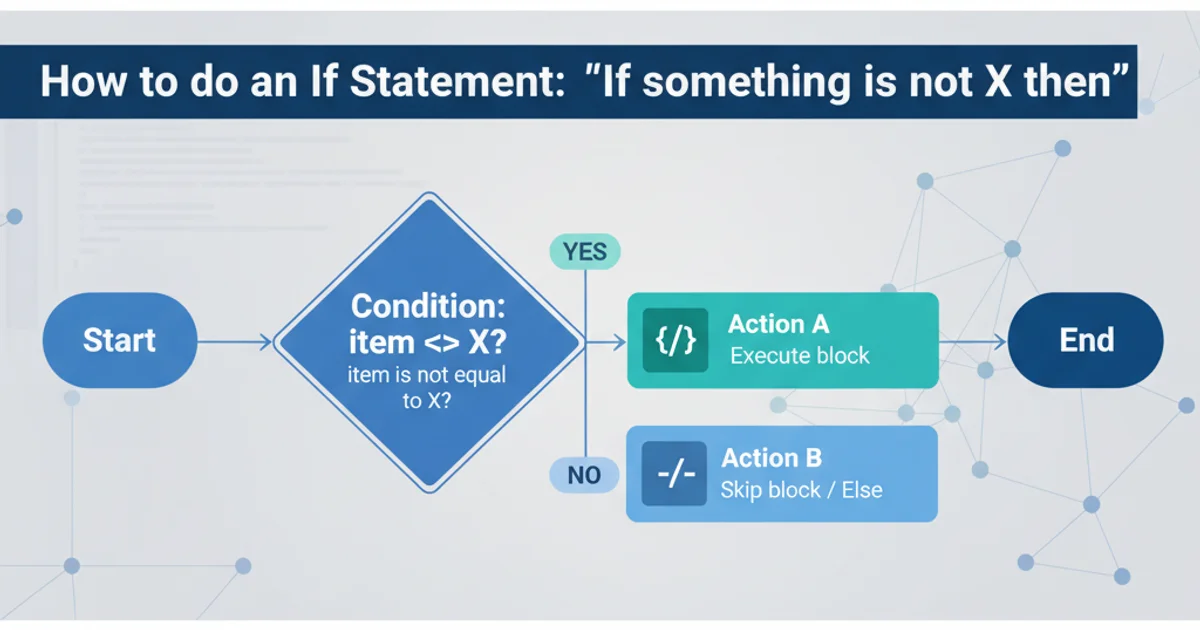How do torrents work?
Categories:
Understanding How BitTorrent Works: A Decentralized File Sharing Protocol

Explore the fascinating world of BitTorrent, a peer-to-peer protocol that revolutionized file sharing. Learn about its core components, how it enables efficient distribution, and the key concepts behind its decentralized architecture.
BitTorrent is a communication protocol for peer-to-peer (P2P) file sharing that enables users to distribute large amounts of data efficiently over the internet. Unlike traditional client-server models where a single server hosts the file, BitTorrent leverages the collective bandwidth of its users, making it highly resilient and scalable. This article will demystify the mechanics behind BitTorrent, explaining its components and how they interact to facilitate file transfers.
The Core Components of BitTorrent
At its heart, BitTorrent relies on several key components that work in concert to manage and facilitate file distribution. Understanding these elements is crucial to grasping how the protocol operates.
flowchart TD
A[User wants to download file] --> B{Find .torrent file/Magnet link}
B --> C[Torrent Client]
C --> D[Tracker (optional)]
C --> E[DHT/PEX (for peer discovery)]
D -- Provides peer list --> C
E -- Provides peer list --> C
C --> F[Connect to Peers]
F --> G[Exchange Pieces (Swarm)]
G --> H[Assemble File]
H --> I[File Downloaded]High-level overview of the BitTorrent download process.
1. Torrent Files and Magnet Links
A .torrent file is a small metadata file that contains information about the files to be distributed, such as their names, sizes, folder structure, and cryptographic hashes of all file segments (called 'pieces'). It also includes the URL of a tracker, which helps coordinate the swarm.
Magnet links offer an alternative to .torrent files. Instead of downloading a separate metadata file, a magnet link contains all the necessary information (including the info hash) directly within the URL. This allows clients to find peers and download the metadata directly from the network using DHT (Distributed Hash Table) and PEX (Peer Exchange), reducing reliance on a central tracker.
magnet:?xt=urn:btih:8662B621740922C3933010E040306323D423F423&dn=example.mp4&tr=udp%3A%2F%2Ftracker.opentrackr.org%3A1337%2Fannounce
An example of a magnet link, containing an info hash and tracker URL.
2. Peers and Swarms
A 'peer' is any computer participating in the BitTorrent network that is either downloading or uploading a file. A 'swarm' refers to the entire group of peers currently sharing a particular file. Peers can be 'seeders' (those who have the complete file and are only uploading) or 'leechers' (those who are still downloading the file and may also be uploading pieces they already have).
3. Trackers
A 'tracker' is a server that keeps track of which peers are in a swarm for a particular torrent. When a client wants to join a swarm, it contacts the tracker, which then provides a list of other peers in that swarm. Clients periodically report their status (what pieces they have, how much they've uploaded/downloaded) to the tracker to get updated peer lists. While historically central to BitTorrent, the rise of DHT and PEX has reduced the absolute necessity of trackers, especially for magnet links.
4. Distributed Hash Table (DHT) and Peer Exchange (PEX)
DHT and PEX are decentralized mechanisms that allow BitTorrent clients to find peers without relying solely on a central tracker.
- DHT allows clients to find peers for a torrent by using the torrent's info hash. Each client maintains a small portion of the global hash table, and they can query each other to find peers. This makes the network more resilient to tracker outages.
- PEX enables clients to exchange peer lists directly with other peers they are already connected to. If client A is connected to client B, and client B knows about client C, client B can tell client A about client C, expanding the peer discovery network.
The Download Process: Pieces, Choking, and Optimistic Unchoking
Once a client has identified peers, the actual file transfer begins. BitTorrent breaks files into small, fixed-size 'pieces' (typically 256 KB or 512 KB). This piecewise approach allows for efficient downloading and uploading.
sequenceDiagram
participant ClientA
participant ClientB
participant ClientC
participant Tracker
ClientA->>Tracker: Announce (Torrent X)
Tracker-->>ClientA: Peer List (B, C)
ClientA->>ClientB: Request Piece 1
ClientB-->>ClientA: Send Piece 1
ClientA->>ClientC: Request Piece 2
ClientC-->>ClientA: Send Piece 2
ClientA->>ClientB: Request Piece 3
ClientB-->>ClientA: Send Piece 3
ClientA->>ClientB: Have Piece 1, 2, 3
ClientA->>ClientC: Have Piece 1, 2, 3
Note over ClientA,ClientC: ClientA downloads from multiple peers simultaneously
Note over ClientA: ClientA also uploads pieces it has to other peersSequence diagram of a BitTorrent client interacting with a tracker and peers.
1. Piece Selection Strategy
Clients typically employ a 'rarest first' strategy, requesting pieces that are least common among their connected peers. This helps ensure that all pieces of the file remain available in the swarm, even if some peers leave. Once a piece is downloaded, its integrity is verified using the cryptographic hash provided in the .torrent file. If valid, the client can then offer this piece to other peers.
2. Choking and Optimistic Unchoking
To optimize upload bandwidth and prevent freeloading, BitTorrent clients use a mechanism called 'choking'. A client will 'choke' (stop uploading to) peers that are not uploading data back to it. This encourages reciprocity.
However, to discover new good uploaders and prevent deadlocks, clients also employ 'optimistic unchoking'. Periodically, a client will 'optimistically unchoke' a peer, allowing it to upload for a short period, regardless of its current upload rate. If this peer proves to be a good uploader, it might be promoted to a regular unchoked slot. This dynamic system ensures fair resource allocation and efficient data flow within the swarm.
Conclusion: The Power of Decentralization
BitTorrent's ingenious design allows for robust and efficient file distribution by turning every downloader into a potential uploader. Its decentralized nature, combined with clever algorithms for peer discovery and piece exchange, makes it incredibly resilient and scalable, capable of handling massive file transfers without a single point of failure. While often associated with copyright infringement, the underlying technology is a powerful example of how peer-to-peer networks can revolutionize data sharing.